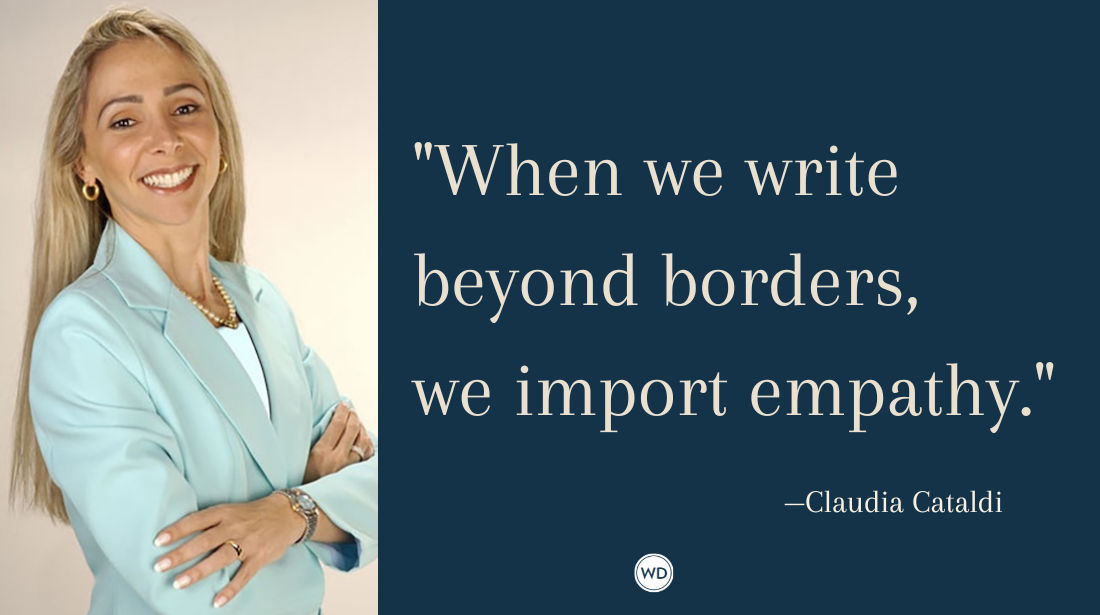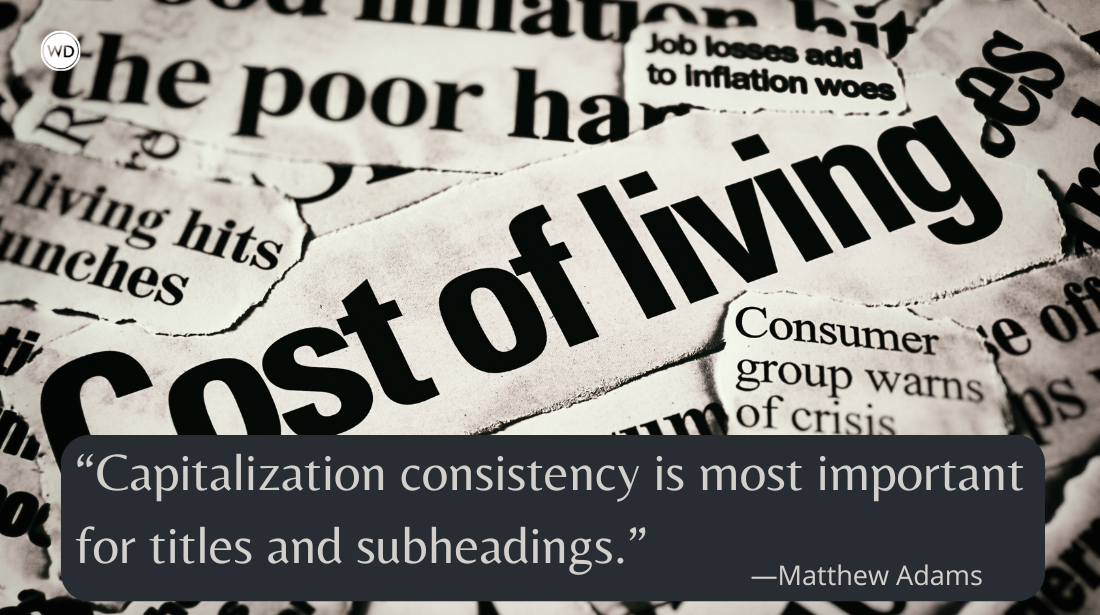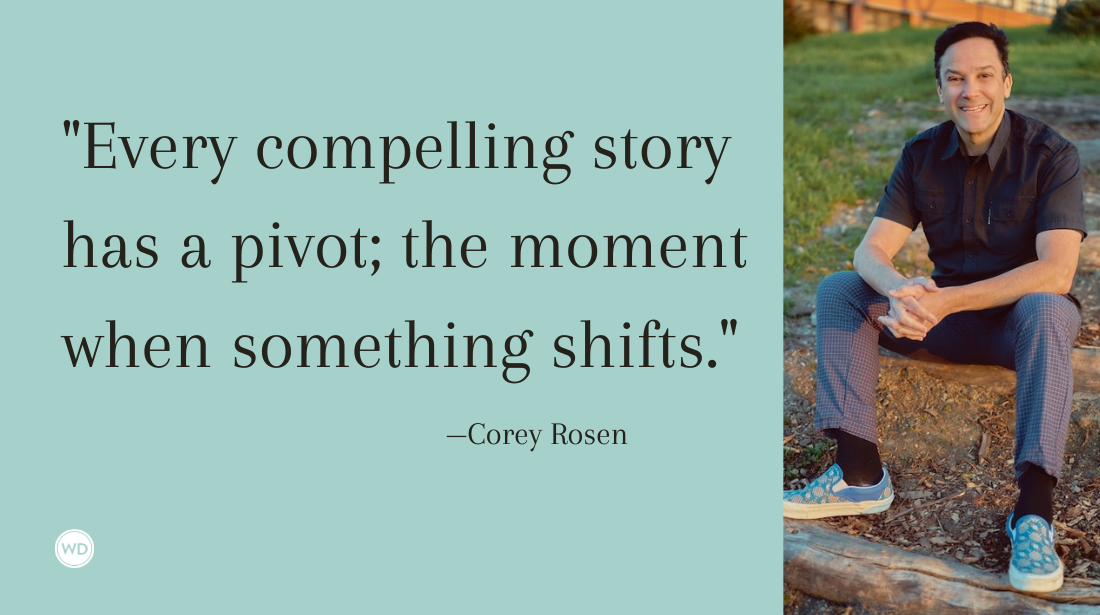The Art of Imagination and Finding Voice in Memoir
Author Natasha Williams shares three tips for exploring the art of imagination and using that to find voice in memoir.
As a creative nonfiction writer, the challenge is to make sure the people and places I know intimately are fully shown and felt on the page. That involves filling in characters with physical traits, the way they move, the ticks they have, with dialogue so the reader can know them through what they do and don’t say.
Writing about coming of age in the face of my father’s schizophrenia, there was so much I didn’t remember about childhood memories from years ago and so much about his illness I didn’t know. How could I fill in the gaps of memory and experience to convey an honest and compelling story?
There’s a growing interest in what’s been termed speculative creative nonfiction. A way of writing into the gaps of our stories through research and using speculative language to signal that you are writing into what you don’t know, to invite the reader to imagine with you.
Research Questions to Fill in the Gaps
To convey the mystery of my father’s schizophrenic unraveling I researched every question that came up as I wrote: Cross cultural and biomedical studies helped me better understand the limits of our medical and cultural understanding of schizophrenia.
I read about the epigenetic and environmental factors. I found cross cultural comparisons of care and recovery. I learned about best practices for care: early diagnosis and multi-pronged supports. I read biblical analysis that compared prophetic writing with the DSMV (Diagnostic and Statistical Manual of Mental Disorders) and philosophical and psychoanalytical writing on psychosis and dissociation.
Like a riddle, I posed the questions I imagined I might have had as a child, the questions my father may have been ruminating on. That research became a through line sprinkled lightly into my memoir, an omniscient narrator to connect the missing pieces of the puzzle of our lives.
Write Versions That Investigate Multiple Points of View
I interviewed family members and wrote the first draft in the first person to imagine his experience of his first breakdown. It was a story I had heard many times over the years. The way he marched over to them in a paranoid haze, “The Mob was after him, had planted drugs in the turntable.”
The harrowing drive from Fredonia University in upstate NY to LI. The family believing his story. My grandmothers scribble on the back on the graduation program. “If we’re found dead it was the mob.” And the heartbreak at the police station when the officer identifies my father’s story as a fabrication of his mind. But how could I relay my father’s experience, his own memories stolen by a lifetime of medication and electro-shock therapy?
I intuitively used the technique Alex Marzano-Lesnevich articulated for Imagining Histories. I wrote into my lost experience with “measured imagination” what absolutely could have happened? I wrote the scene; first from his POV and then combined what others told me using language that signals the ways, as writers we sometimes have to imagine, wonder, and suppose.
Use the Setting and Characters to Access the Emotional World of the Self
What experiences gave the reader the most insights into our story?
I open the story at the drowning of my half-sister because this public tragedy is the view most people have of mental illness. I wanted to tell the story beyond the headline. Partly I needed to understand what brought my father to drive off that pier blocks from my childhood home, how the stigma, isolation, and self-medication had brought him to this point.
Also, I wanted to show his paternal dedication despite or maybe because of the profound nature of his illness. I used that scene and setting to face off the danger I may have felt as a child, to humanize our lives. I mined our trauma, what Alex Marzano-Lesnevich coins the shadow archive, to give voice to what often remain invisible narratives?
I started my memoir when my children were asking questions I didn’t have answers to. When did Grandpa first know he had schizophrenia? Did Grandpa really think he could fly like a bird to get closer to the sun? What was real and what was imagined, and how were both a part of who their grandpa was?
My father’s illness was so much his own, the voices he heard, the meanings he attached to the signs and symbols of our life went unspoken and unexamined. It felt as if he was protecting me from his demons and I think he was. The inheritance of the child of a schizophrenic is a story without words, a fable without a moral. Sometimes these are the stories that need to be told.
Check out Natasha Williams' The Parts of Him I Kept here:
(WD uses affiliate links)









